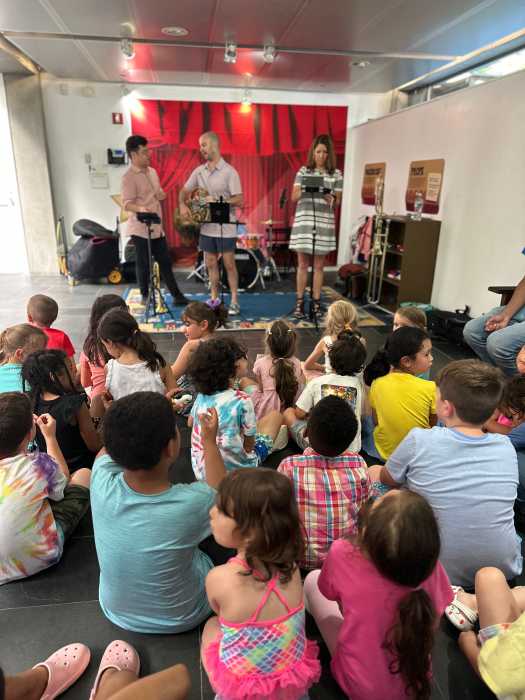
Witches, ghosts and goblins are supposed to haunt Halloween but the holiday can be even more frightful for the millions with asthma and allergies who may not be aware of hidden triggers in candy, makeup, and even the air. Every year, parents of kids with food allergies have to think about ways to keep their child safe from potential allergic reactions during Halloween. About 4-6 percent of children in the United States have a food allergy. Additionally, food intolerance can often mimic a food allergy, causing nausea and vomiting. And while many kids are good at knowing what they’re allergic to, sometimes there are hidden dangers kids and parents need to be aware of. Halloween candy and other treats can have a number of hidden allergens in them, causing a life-threatening allergic reaction known as anaphylaxis. Even candy that might be free of wheat, dairy, peanuts and egg, such as lollipops, can contain trace amounts of allergens.
Following are tips to help plan Halloween parties and trick-or-treating:
Arm yourself!
If trick-or-treating is part of your plan, be well prepared. Parents of kids with allergies should carry a charged cell phone, emergency epinephrine and a bag of safe treats in case your child wants to munch along the way. Make sure kids with asthma are taking their controller medications and have a reliever inhaler with them. Their asthma could flare-up after running through moldy leaves or a fog machine.
Read labels carefully
If your child goes trick-or-treating, it’s important to check their candy before they eat any. If there’s no label on the candy, which can happen with mini-sized treats, it’s not safe for your child with food allergies. Tell your kids to say “no thank you” to a treat they know isn’t safe, or bring all their treats home to be checked out before eating.
Read Next | The Growing Problem of Peanut Allergies
Be wary of haunted houses
Creeping through a haunted house may be scary fun, but a visit can cause real-life fright if your child can’t breathe easily. Excitement and anxiety can sometimes trigger asthma. Running from house to house in search of treats can also trigger symptoms. If your child has asthma or exercise-induced bronchoconstriction (EIB) be sure they carry emergency medicine, such as a quick-relief inhaler, and use it regularly as prescribed to prevent symptoms.
Allergic to latex?
Many Halloween masks contain latex, so it’s best to check with the manufacturer before putting it on your child. If you are hosting or attending a party, beware of latex balloons—Mylar is a safer bet. Be sure to carry epinephrine injectors, just in case.
Menacing mold
While jumping through piles of leaves can be tempting for your little one as they are trick-or-treating, it can also be harmful. Molds are commonly found on leaves this time of year and can cause severe asthma attacks. Running through leaves can cause mold to stir into the air, resulting in high exposure. Plan ahead and talk with your allergist about seasonal allergy and asthma triggers, and how they can be avoided.
Derail dermatitis
Costumes can be more than a scary sight if your child has contact dermatitis. Their skin can be sensitive to certain irritants and allergens such as the preservatives in makeup. If your child insists on wearing makeup for the complete effect, test a patch of skin a few days before Halloween to see if there is an itchy rash or swelling — or try hypoallergenic or theater makeup. Also beware of nickel that is often found in jewelry and costume accessories, which can lead to a rash.
By Dr. Mervat Nassef, an allergist with Allergy & Asthma Network (www.allergyasthmanetwork.org)

Read Next | Health and Wellness Resources for Your Staten Island Child




